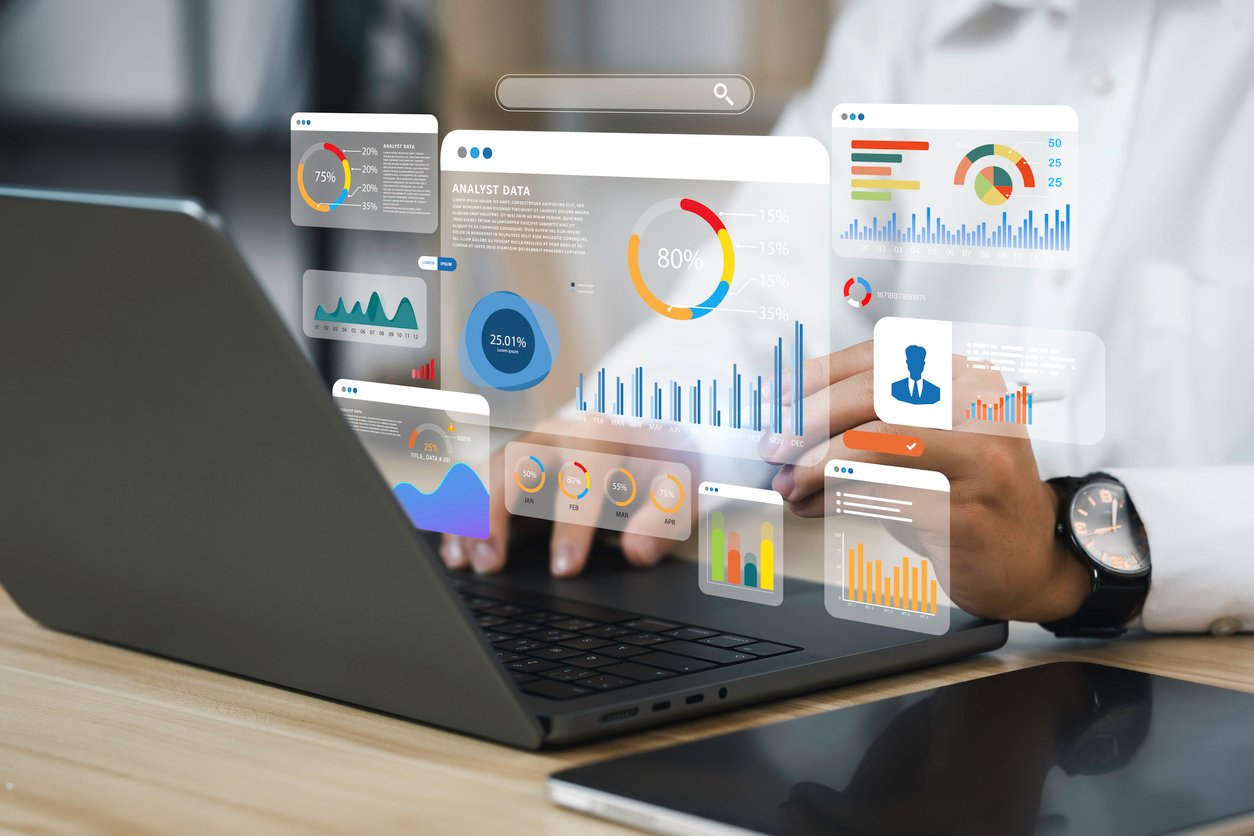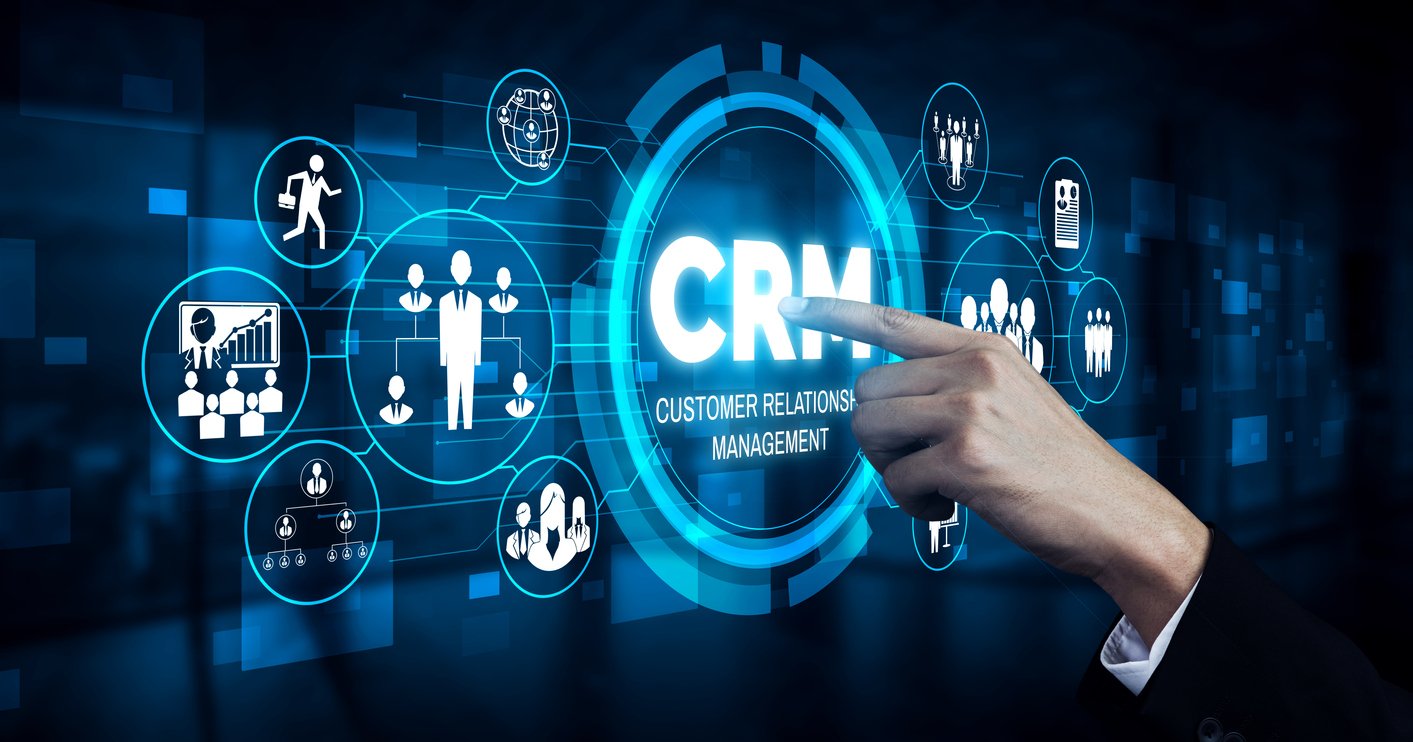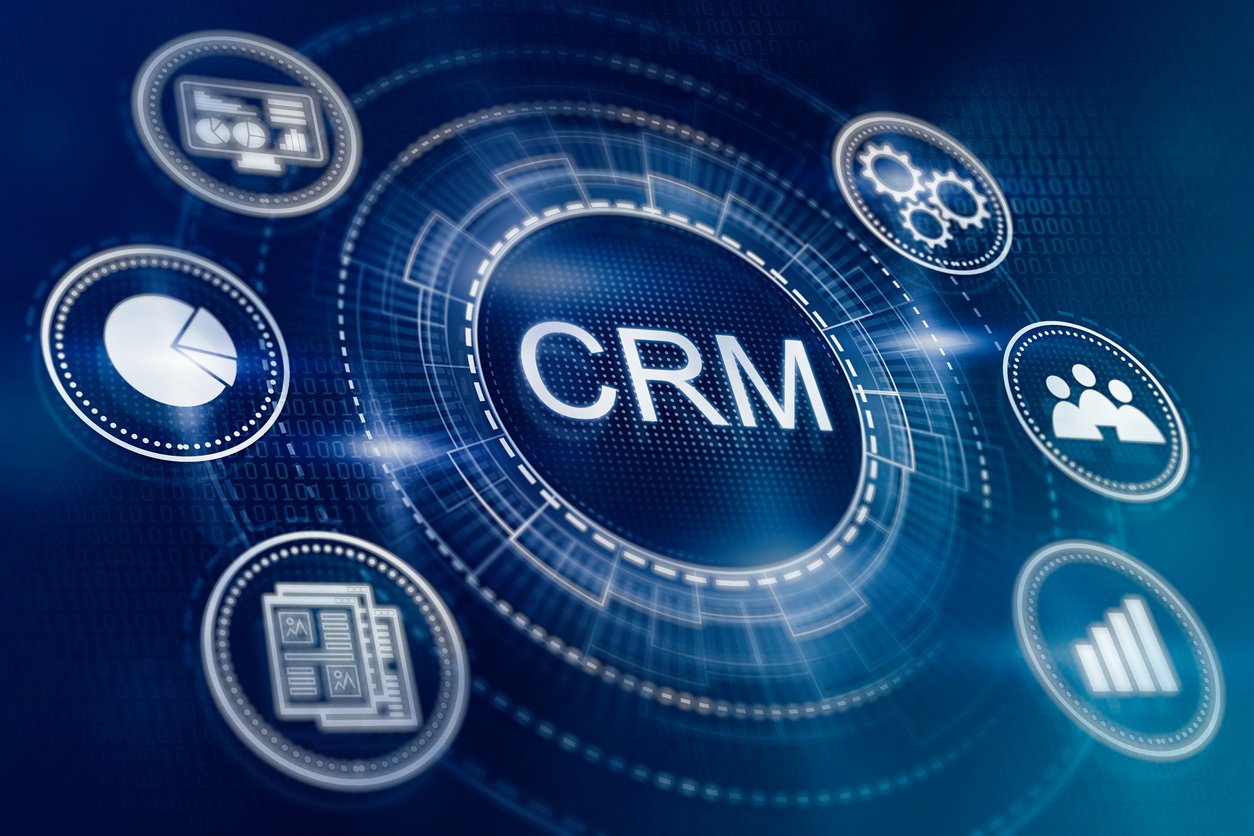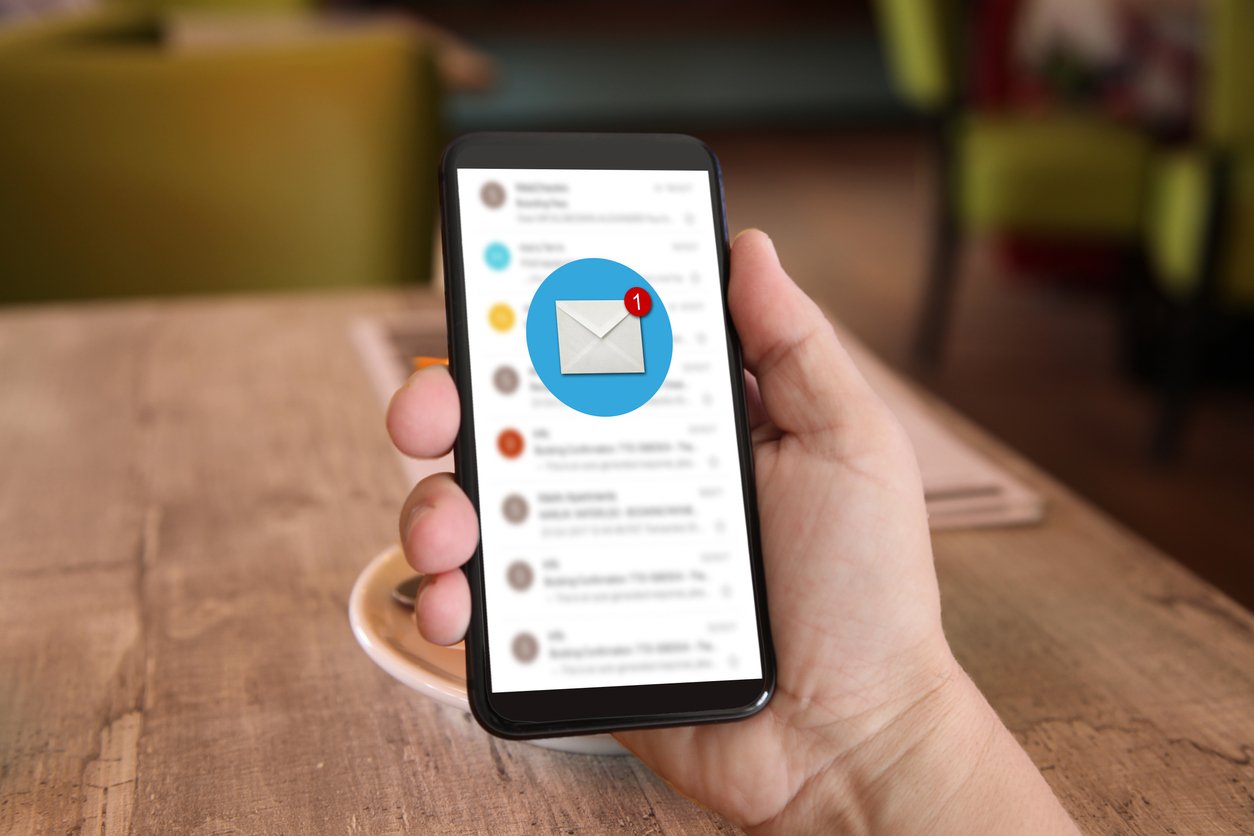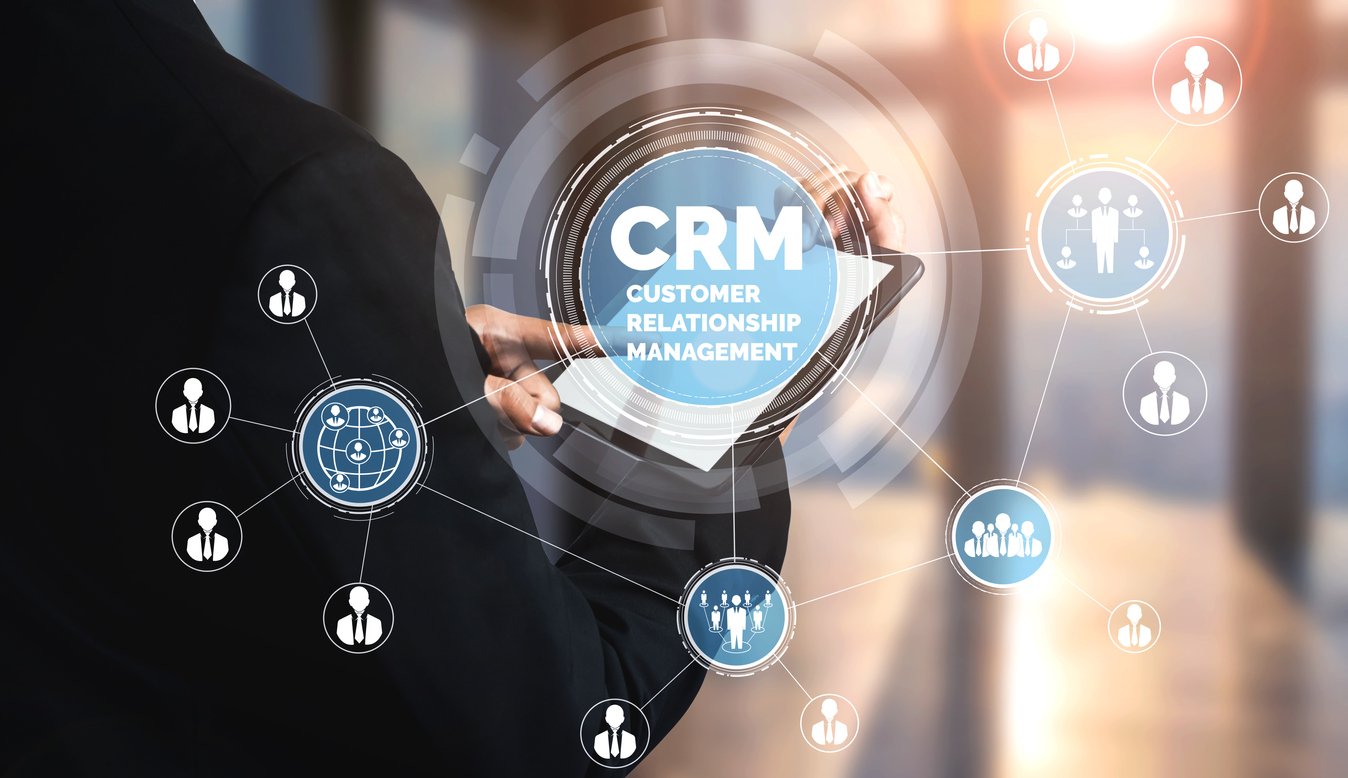
How to Get More Results Out of Your CRM Contact Center
 Updated on
Updated on
 By Bradley Kovacs
By Bradley Kovacs
Bradley Kovacs
Bradley has been passionate about technology since childhood, starting with Microsoft Flight Simulator at age six. In college, he automated his data e...
learn more
Bradley Kovacs
Bradley has been passionate about technology since childhood, starting with Microsoft Flight Simulator at age six. In college, he automated his data e...
Table of Contents
Table of Contents
We're willing to bet that everyone reading this has had at least one bad experience with a customer contact center.
Whether you were stuck on hold for hours or had to repeat your query a million times, it probably left you feeling disillusioned. Maybe you even considered taking your business elsewhere.
If you're not willing to take this kind of treatment, your customers won't be either.
Customers have a higher expectation of contact centers than they used to, and for good reason. The right CRM contact center can help you:
- Resolve issues faster
- Know your customers better
- Increase retention
- Save money
It's just common sense! And that means that when you don't have it, it makes you look… well, a little silly.
We'll show you how to get more results from your CRM contact center, including a breakdown of the most common issues and frequently asked questions.
But before we do that, let's go over the basics.
Introduction to CRM Contact Center
Your CRM contact center is your central hub for managing customer interactions. It provides a unified platform for handling incoming calls, live web chats, emails, and text messages, ensuring that every customer inquiry is routed to the right person and resolved efficiently.
Here are four essential tools of a CRM contact center for effective customer service
- Call Center CRM: This tool handles incoming phone calls, providing agents access to customer history and purchase details to deliver personalized service. You can host a CRM contact center on your servers, but more and more businesses are using cloud-based solutions such as cloud VoIP software because their pricing makes these accessible to businesses of all sizes.
- Live Web Chat: AI chatbots are the fastest-growing brand communication channel out there. These chatbots can handle repetitive queries, freeing human agents to focus on more complex issues. Chatbots are available 24/7, providing immediate customer support. They're useful because time is of the essence in customer interactions: 90% of customers say that an immediate response is crucial to their overall satisfaction, and unlike human representatives, chatbots can be available 24/7.
- Email Management: Email exchanges are automatically integrated into customer profiles, providing a comprehensive view of customer interactions. CRM solutions for emails route incoming emails to the appropriate representatives, ensuring timely responses.
- SMS Text Messaging: In 2022, 86% of businesses utilized SMS marketing to communicate with their customers, representing a significant 56% surge in SMS adoption compared to 2021. This is because SMS text messaging allows you to update customers directly on their smartphones, which makes it especially useful for live updates or urgent notifications.
Investing in a CRM contact center is an investment in your business's future. By providing a centralized platform for managing customer interactions, you can improve customer satisfaction, enhance agent productivity, and gain valuable insights to drive business growth.
Now let's look at the main differences between a call center and a contact center.
What is the Major Difference Between a Call Center and a Contact Center?
A call center is a physical building containing phones and people to answer them, whereas a contact center is software that manages all incoming communications from customers.
A contact center CRM might manage data from a physical call center, but it's not required; it could just be the program that routes calls directly to your sales reps.
A contact center CRM won't be limited to voice calls but may also include omnichannel communications, encompassing instant messaging, email, and SMS text messaging.
Here are the key differences between call centers and contact centers:
|
Feature |
Call Center |
Contact Center |
|
Channels |
Limited to voice calls. |
Includes voice calls, email, SMS text messaging, instant messaging, and social media. |
|
Customer Data Storage |
May or may not store customer data. |
Typically stores customer data, including contact information, purchase history, and interaction history. |
|
Focus |
Support, inquiries. |
Support, inquiries, sales, billing. |
|
Technology |
Traditional phone systems. |
Cloud-based software. |
|
Scalability |
Limited by the number of seats. |
Can be scaled to any size. |
|
Flexibility |
Not as flexible as contact centers. |
Can be easily customized to meet the specific needs of an organization. |
|
Cost |
Can be expensive to set up and maintain. |
Can be more cost-effective, especially for large organizations. |
Most Common Issues with Contact Center CRM
So far, contact center CRM software sounds pretty great, right? But if you're using it wrong, you won't see good results. In fact, it can be kind of a mess.
Here are 5 of the most common issues businesses have with contact center CRM.
1. You're using too many tools
For your contact center CRM to work to your advantage, it should be integrated seamlessly into your overall CRM system.
Even something as seemingly simple as moving calls online rather than using a physical phone can save your team tons of time manually dialing.
Seamless integration also has benefits for the quality of your data. If you're using different tools to record customer interactions on different channels – for instance, recording call data separately to email data – you're leaving huge gaps for your customers to fall through, which will have a knock-on effect on your sales success.
2. High Customer Churn
Customer churn, also known as customer attrition, is the rate at which customers stop doing business with a company over a given period. It's a common issue that plagues businesses across all industries, and it can have a significant impact on the company's bottom line.
Why does customer churn happen?
The reasons behind customer churn are multifaceted and often stem from a combination of factors. Here are some common culprits:
- Poor Customer Service: Contact centers serve as the frontline of customer interactions, making it crucial to provide exceptional service. Unresolved issues, long wait times, and indifferent attitudes can leave customers feeling frustrated and undervalued, leading them to seek alternatives.
- Product or Service Dissatisfaction: If your products or services fail to meet customer expectations, they're likely to jump ship in search of better solutions. This could be due to outdated features, lack of innovation, or simply not addressing their core needs.
- Lack of Engagement and Communication: Customers crave attention and appreciation. A lack of personalized interactions, regular communication, and loyalty programs can make them feel neglected and unvalued, prompting them to seek out more attentive competitors.
- Pricing Concerns: Price sensitivity can play a significant role in churn. If your pricing is perceived as unfair or uncompetitive, customers may be tempted to switch to more affordable options.
3. They're having to repeat their queries
The data issues that come with a scattershot approach to contact management CRM are no joke.
Customers say that the most frustrating part about poor customer service is being passed between multiple agents without a resolution, which is pretty much inevitable if you either
- don't have the right system in place for directing calls, or
- don't centralize your customer data.
A CRM contact center that is integrated closely with your contact management CRM means that you'll have all the information you need on your customers in front of you whenever they call, making it significantly more likely that you'll be able to resolve their issues without having to defer to anyone else.
4. Your FCR rate is too low
You can see where this is going. All of the above issues snowball together to mean that your FCR – First Call Resolution – rate is low. Putting it simply: you're not getting the job done on the first try.
It takes multiple attempts for a customer to receive a resolution to their problem, which also means multiple opportunities for them to decide they've had enough of your service.
The average FCR rate worldwide is around 68%, but with a well-configured contact center CRM you can get it closer to the 90% it should be if you want to be considered a really reliable choice by your customers.
5. Lack of Reporting and Analytics
Many contact center CRM systems fall short of providing comprehensive reporting and analytics, leaving contact center managers and agents grappling with incomplete or siloed data. This lack of transparency often leads to inefficiencies, missed opportunities, and a general inability to make data-driven decisions.
The absence of robust reporting capabilities in contact center CRMs stems from several underlying factors:
- Limited Data Collection: Some CRM systems fail to capture the full spectrum of customer interactions, leaving out valuable data points that could shed light on customer behavior, agent performance, and overall contact center effectiveness.
- Siloed Data Storage: Data often remains confined to individual applications or modules within the CRM, making it challenging to aggregate and analyze information from various sources. This fragmentation hinders holistic insights and prevents cross-functional collaboration.
- Inadequate Visualization Tools: Even when data is available, it may be presented in complex formats or unintuitive dashboards, making it difficult for users to decipher trends and patterns.
- Lack of Real-time Analytics: The ability to monitor key metrics in real-time is crucial for identifying issues as they arise and implementing proactive solutions. Many CRM systems lack this capability, leaving contact centers reactive rather than proactive.
- Limited Customization: The predefined reports and dashboards may not align with the specific needs of the contact center, hindering the ability to extract meaningful insights.
The absence of comprehensive reporting and analytics in contact center CRMs has far-reaching consequences. Without clear visibility into agent performance, call volumes, and customer satisfaction levels, it becomes difficult to optimize staffing, routing, and training strategies.
But don't be discouraged. There's a solution for all the aforementioned issues, and we discuss them below.
5 Ways to Get More Results Out of Your Contact Center CRM
1. Switch to an omnichannel communication solution
We know “omnichannel” sounds very galaxy brain… And that's because it is.
73% of consumers are considered “omnichannel” consumers, meaning that they use a lot of different channels interchangeably when they contact businesses. Basically, they're as happy to contact a business via Facebook chat as they are by phone.
The omnichannel system that helps customers keep track of their history with companies is pretty much the most sophisticated computer in the world: the human brain. It seamlessly integrates all their interactions with you into one thread they can access any time they like.
Sounds like an unfair advantage to us, but whatever.
No software can quite replicate your customer's information system, but an omnichannel communication solution in your CRM contact center comes close.
It brings all your communication channels into one place, visible on one screen, every time you talk to a customer. You have everything you need to know about their purchase history at the click of a button.
Like we said: galaxy brain stuff.
2. Automate your processes
As we said above, business process automation should do the heavy lifting when it comes to sorting and directing incoming messages from customers.
You should enable it for as many channels as possible so that, by the time your customer's message reaches your team, it's as close as it can get to the right person to resolve it.
Here are some ideas for how you can do this:
- Instead of providing a generic help email on your site, include a web form with fields that route the message to the relevant team and begin to populate a detailed file for that customer. Here's an example from our Request a Demo page:
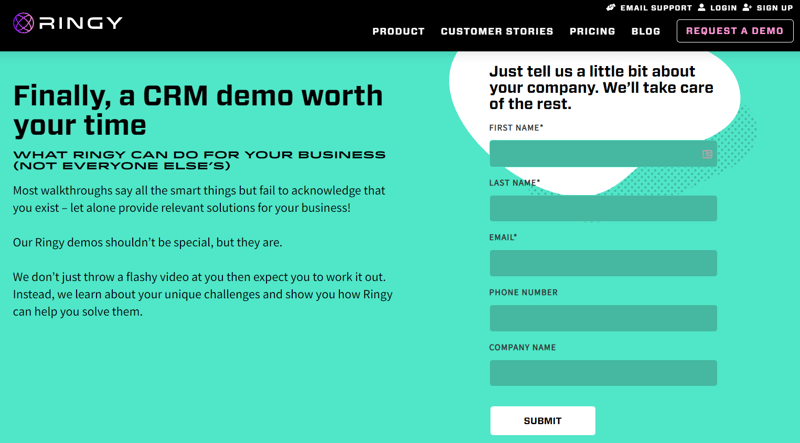
- Use Interactive Voice Response (IVR) technology in your call system to route calls similarly.
- Use an AI-powered chatbot to answer common questions on-site, and use the information gathered here to direct the customer to an agent if the query is too complex.
3. Centralize your customer data
We're not just talking omni channel communication here: we're talking about uniting your contact center CRM with your sales CRM.
At the moment, your lead information may be stored separately from your current clients' information, or perhaps different types of data are stored in separate places.
This means you lose sight of your customer's overall journey from just a glimmer in your business's eye to a long-term customer.
You may miss opportunities to upsell or cross-sell to your current clients when they contact you with a query about their product, and you may miss cues that your customer is dissatisfied and lose the opportunity to re-engage with them.
This is the advantage of an all-in-one CRM solution rather than trying to connect many different apps: it's already integrated, so the information is all in one place. Plus, features like automated marketing and calendar management can make upselling and cross-selling much easier, maximizing profit.
4. Provide thorough training to your workforce

A deep understanding of the software you're using is key to making it work for your business.
This is where tech support from your contact center CRM provider is important: they should not only help you set up the software but also offer advice on how to use it efficiently and provide ongoing personalized support.
At Ringy, we pride ourselves on this aspect of our service, offering in-person or live online training at setup and on an ongoing basis.
5. Empower your customers with self-service options and reduce your workload
Like we said above, you want to work smarter, not harder.
Part of this will be using contact center CRM features to automate common customer journeys so that they can solve their queries themselves.
For instance, you could program a chatbot to offer multiple-choice questions with pre-written answers every time a customer asks for help. Only when this avenue is exhausted would you then defer to a human.
Self-service options can also be provided using banks of training videos, written resources, or on-site forums for how to use your product or service.
Here's a look at some alternatives offered by a CRM contact center to the manual processes you might be using right now:
|
Clunky manual process |
Omnichannel solution |
|
Manually picking up the phone and dialing, tracking your calls in a spreadsheet or database |
Cloud-based calling via VoIP, all call data collected in central CRM |
|
Receiving calls directly from a customer with no intermediary processes to direct the call |
IVR technology to direct call to correct rep or team |
|
A helpdesk email that goes to a generic email address |
Web forms and AI filtering that routes the email to the correct team or representative |
|
Answering the same questions over and over via email or webchat, frustrating customers with a slow reply |
Instant AI-powered responses to common questions, using these to direct queries to live agents when necessary |
CRM Contact Center Solutions
It's time separate the wheat from the chaff. Below, we review the favorable options when choosing a CRM contact center for your business.
Ringy (It's Us)
.png?width=800&height=361&name=Ringy%20(1).png)
Our CRM contact center solution empowers businesses to streamline customer interactions, enhance customer satisfaction, and foster lasting customer relationships. With Ringy, you get a comprehensive suite of features that seamlessly integrate with your existing marketing arsenal, providing a unified platform for managing customer data and interactions across all channels.
Some of our key features include the following:
- Omnichannel Communication: Engage with customers seamlessly across various channels, including phone, email, chat, and social media, ensuring a consistent and personalized experience.
- Real-time Customer Insights: Access a 360-degree view of customer data, including contact information, interaction history, purchase history, and support tickets, enabling informed decision-making.
- Automated Workflows: Automate repetitive tasks, such as routing calls, sending email notifications, and creating follow-up activities, freeing agents to focus on high-value interactions.
- Call tracking and recording: Ringy's call tracking and recording feature allows you to track and record all your customer calls. This can help train your agents and improve your customer service.
- Artificial intelligence (AI) powered features: Ringy uses AI to power several features, such as call routing, predictive lead scoring, and chatbots.
- Predictive Analytics: Leverage predictive analytics to anticipate customer needs and proactively address potential issues before they escalate.
- Robust Reporting and Analytics: Gain valuable insights into customer behavior, agent performance, and overall contact center efficiency through comprehensive reporting and analytics tools.
By implementing Ringy's CRM contact center, you can elevate customer interactions to new heights, driving customer satisfaction, loyalty, and business growth.
Zendesk
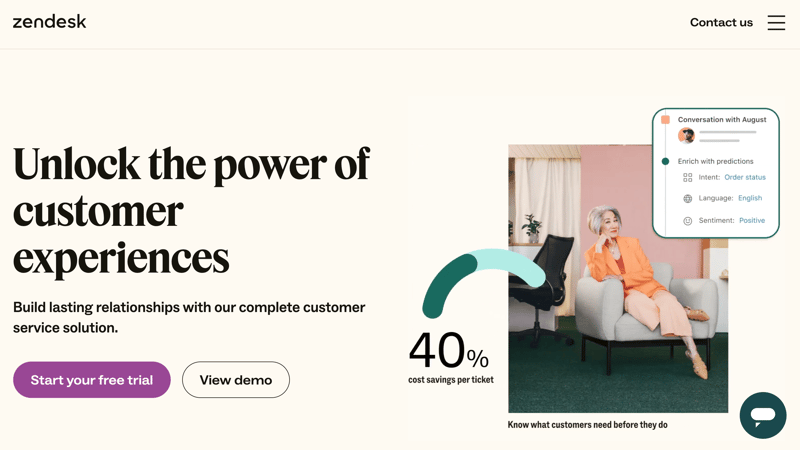
Zendesk is another popular cloud-based CRM contact center solution. Zendesk is known for its customer service software but also offers a strong CRM solution. Zendesk's CRM features include:
- Contact management: Zendesk's contact management system allows you to store and organize all your customer information in one place. You can track customer interactions, preferences, and purchase history for better customer service.
- Ticket management: Zendesk's ticket management system allows you to track and manage customer support tickets. You can assign tickets to agents, set priorities, and track progress.
- Self-service portal: Zendesk's portal allows customers to find answers to their questions and submit support requests without contacting an agent.
Salesforce
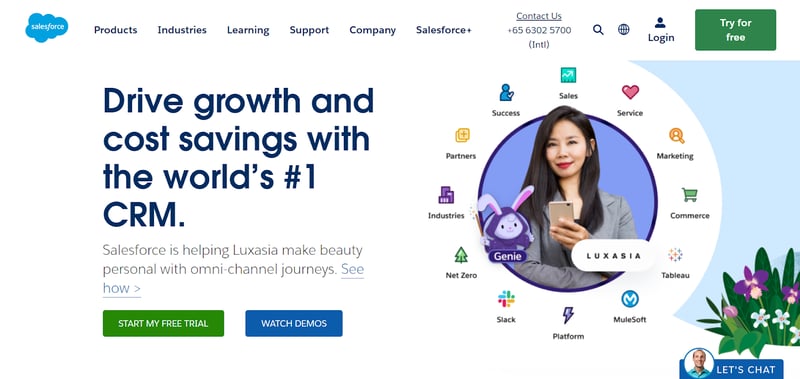
Salesforce is a leading CRM provider, and its Salesforce Service Cloud solution offers contact center capabilities. Salesforce Service Cloud features include:
- Case management: Salesforce Service Cloud's case management system allows you to track and manage customer support cases. You can assign cases to agents, set priorities, and track progress.
- Knowledge base: Salesforce Service Cloud's knowledge base allows you to store and share information about your products and services. This can help your agents provide better customer service.
- Community forums: Salesforce Service Cloud's community forums allow customers to interact with each other and find answers to their questions.
Conclusion
With all this information about how to make the most out of a CRM contact center, there's really no excuse to neglect it. Your customers certainly won't let you off the hook for it.
For a holistic solution that will integrate your contact center CRM seamlessly with the rest of your CRM software, Ringy's got you covered.
We'll help you heighten your FCR rate and make sure you and your customers stay BFFs forever. Book a demo today to make it happen.

Skyrocket your sales with the CRM that does it all.
Calling? Check. SMS? Check. Automation and AI? Check. Effortlessly keep in touch with your customers and boost your revenue without limits.

Take your sales to new heights with Ringy.
Sales in a slump? Ringy gives you the tools and flexibility you need to capture leads, engage with them, and turn them into customers.
Subscribe to Our Blog
Enter your email to get the latest updates sent straight to your inbox!
Categories
Related Articles













